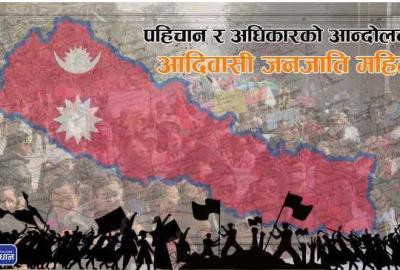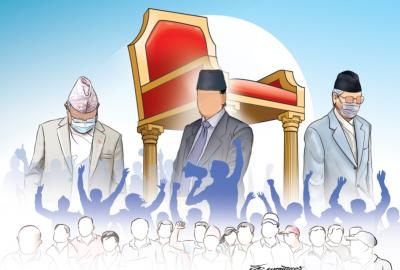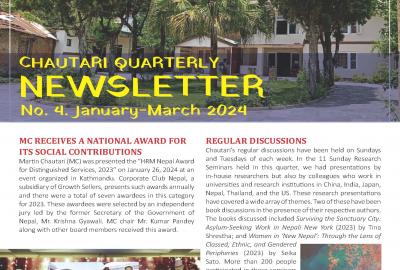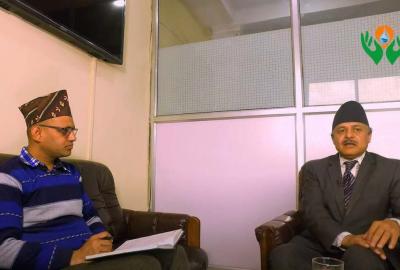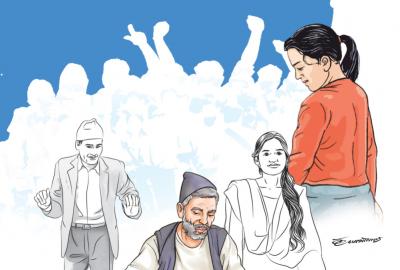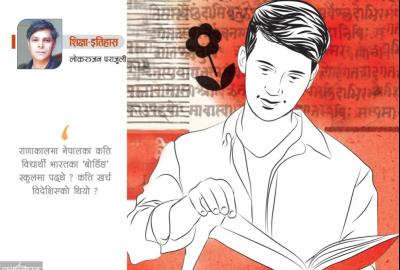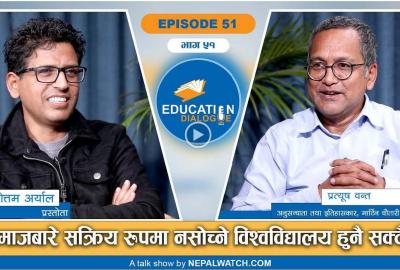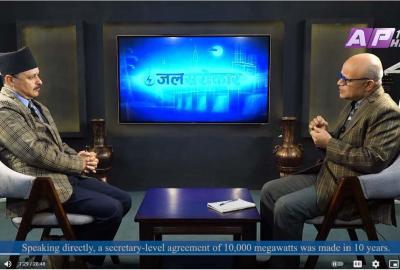Ensuring access to universities closer to under-represented individuals ought to be a national goal.

Of late, the refrain has been getting louder regarding the number of universities in Nepal: “No new universities are needed”! Even this newspaper joined the chorus and put out an editorial with the title “More is not better” on January 2.
While there are differences in some details, the line of argumentation of those who think that no new universities should be opened in Nepal is this: (i) There are already “enough” universities for a “small” country like ours; (ii) These new universities are being opened without much groundwork; and (iii) The new universities are turning out to be jhur photocopies of the oldest university in the country, Tribhuvan University (TU), and hence you might as well not establish them.
Inherent in the above arguments are some truths that have been asserted by this writer and several of his colleagues in the past. Hence this re-visitation is not an attempt to simply prove those advocating the “no more” position as being wrong. Instead, it is an invitation to think differently, one that takes people’s aspirations in a loktantrik polity seriously.
The only university
Let us tackle the number issue first. TU was established in 1959, a year before King Mahendra enacted the royal coup of 1960 and paved the way for his so-called partyless Panchayat system. During most of the three decades of that system, TU was the only university in the country, and this suited the centralised nature of that polity and its concomitant educational bureaucracy. In 1986, just four years before Panchayat ended, a Sanskrit University (then called Mahendra, now called Nepal) was created by separating some college-entities of TU. After the political change of 1990, several new universities have been added, and now we have a situation where there are more than 20 universities and degree-granting academies (in health disciplines) in total. After the 2015 Constitution allowed the provinces in our new federal republic to legislate new universities, that route too has already started contributing to the number growth of universities in Nepal.
It is clear that the number of universities in the country until 1990 was small because the political dispensation of the day wanted it to remain that way. Had Nepal been a multi-party democracy between 1960 and 1990, that number would most likely have been higher than two since the country’s rulers would have had to respond to the geographically dispersed voters’ aspirations for higher education in that mode. So the growth since 1990 can be seen as taking care of the historically depressed demand.
Second, in a country that is predominantly young (about half of Nepal’s 30 million population is under the age of 25), what are the details of the calculation that says that about 20 universities are all that is needed for Nepal? Even if you count the warped enrolment capacity of TU (the number of students enrolled includes all students who are attending private/community institutions that are only legally affiliated to TU but are mostly functionally independent), the total number of students in all of the universities today hardly reaches a million. So even on the basis of a back-of-the-envelope headcount, it would be quite easy to suggest that many more universities are needed to cater to the total number of young Nepalis who want to attain higher education. This is especially so if we want to champion small size universities with say 2,000-3,000 students in total.
Third, in a country that is a loktantrik federal polity that takes the issue of social inclusion seriously (as asserted in the new constitution), the general demand for universities is also tied to the increasing demand for higher credentials from members of the social solidarities that have been historically under-represented in higher education. So ensuring access to universities that are physically closer to such individuals ought to be an important national goal and this too would require more new universities.
Now, let us look at the argument which says that the new universities are being opened without much groundwork. There is some truth to this statement, but anyone with knowledge of the struggles that were enacted to found universities in eastern Nepal and mid-western Nepal or the protracted efforts that went into the making of the Nepal Open University would know that this argument is only partially true. Even in the case of the first university launched from a provincial legislature, Gandaki University, two separate task forces did preliminary groundwork.
But I do concede that some universities have been founded without any groundwork to serve immediate political interests. As has been pointed out many times before, more than the absence of groundwork, it is the forced absence of those who advocated for new institutions in their post-founding early phase that partially explains the bad shape of those institutions. A case in point is the Nepal Open University in which those who spent years working out its details were shut out of the institution once it was legally founded.
Moreover, one has to ask if we are being unfair to those who want to start new universities by demanding “adequate” groundwork on their part when we seem not to demand such work before launching new institutions in other sectors of society. Did we ask the new political party what groundwork it did before “belling” its members to the federal Parliament? Did we ask the owners of this newspaper what groundwork they did before they launched it some 30 years ago (and if so, why is that they continue to say that it is a loss-making paper)? Is the demand for “adequate” groundwork actually a barrier to entry for new institution builders in a country where no long-term institutional planning can actually be done given the porous autonomy and daily precarity of our institutions? Some groundwork is necessary and as such, it is a reasonable demand to ask for from advocates who want to start new universities. However, detailed descriptions of the future (for example, long-term master plan) are only good for those who are paper wizards in a country whose political leaders cannot tell you what their parties will stand for in five months’ time, let alone 15 years from now.
New universities
Regarding the argument that the new universities are turning out to be jhur photocopies of TU, I would have to agree since I am the co-author of an op-ed that discussed why this has been the case (see Kantipur June 6, 2018). Hence. I agree with this newspaper that more is not necessarily better. However, that is not a good reason for not letting others open new universities. In a loktantra, the entry of new institutional players in any field cannot be stopped by saying that the erstwhile members of the field are a farce! They ought to be given a chance to prove themselves within a regime of multi-constituency accountability.
There are many ills in Nepal’s universities. However, their total number per se is not one of them. Instead, we need to think deeply about the kind and texture of a higher education landscape that would suit loktantrik Nepal and how we should plan to financially realise it for the next generation of Nepalis.
Published: 6 January 2023
Source: https://kathmandupost.com/columns/2023/01/05/more-universities-please
